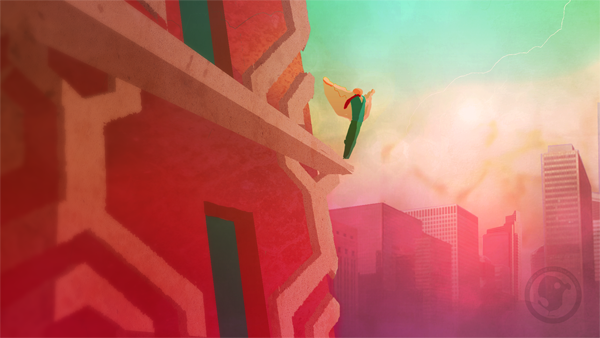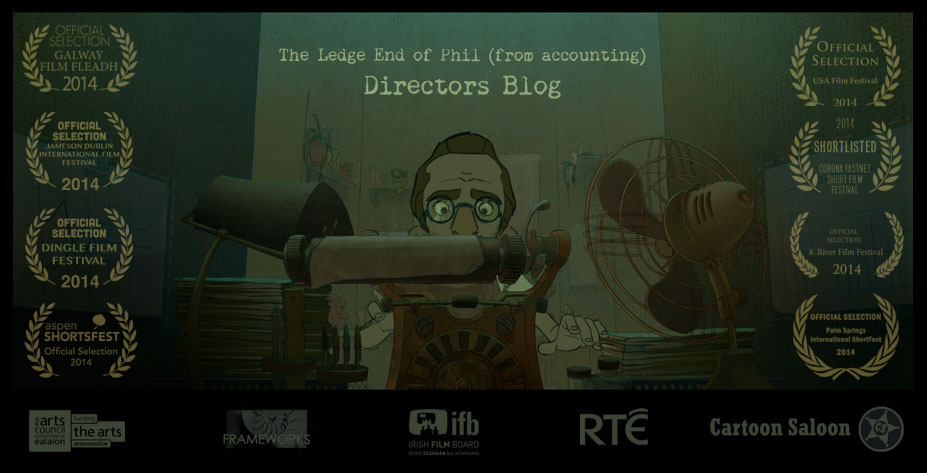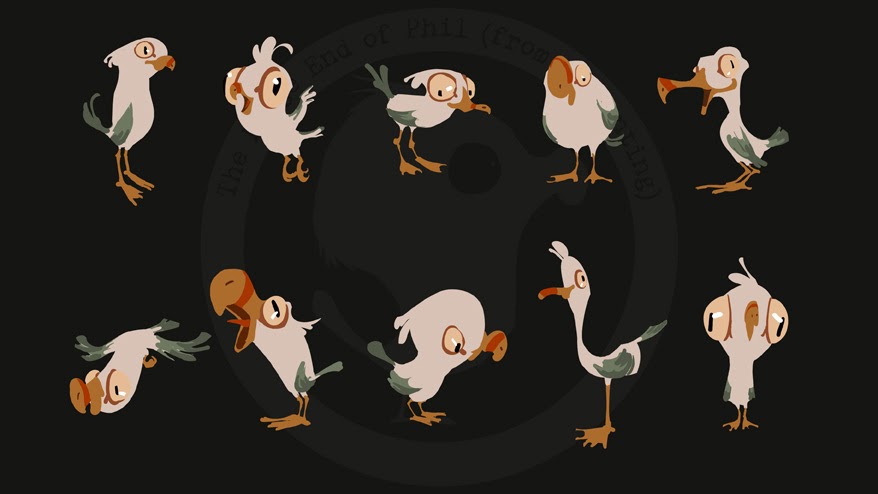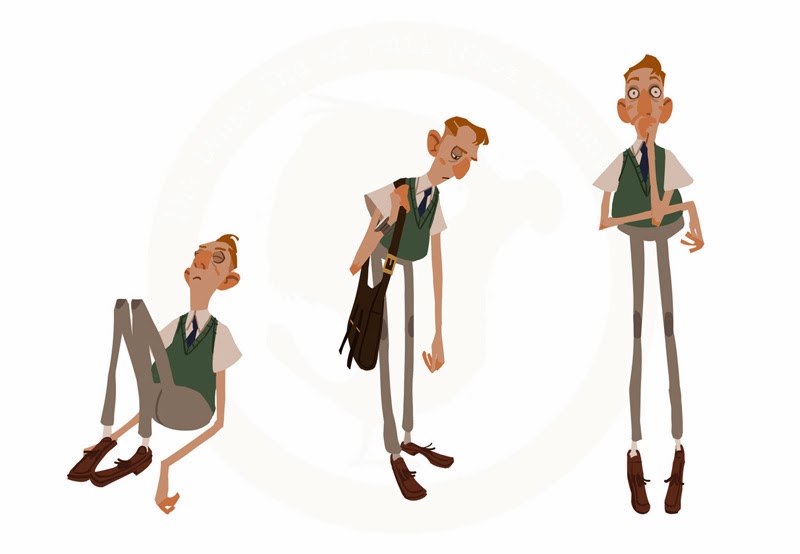One of the reasons for the title of this post is that in Ireland and i'm assuming most other European countries we rely on funding from government agencies rather than the studio or private funding we usually hear about in animation. So even though i had the backing of Cartoon Saloon we then had to pitch to Bord Scannán na hÉireann/The Irish Film Board. In Ireland we are very lucky to have the
"Frameworks" scheme, which a is funding scheme specifically for the production of animated short films in both English and the Irish language.
The other reason for the title is that it applies to one of the main issues i had pitching the film. In a story with skyscraper style buildings, a jazz influenced soundtrack and a vast metropolitan cityscape it was easy to assume from the script that this was a story set in 50's america. A major part of the pitch was getting across that it wasn't that the film was set in America it was simply that the films that inspired and informed me growing up were predominantly American films. Especially Looney Tunes, the Disney features, Don Bluth's features (which continued the american sensibility of Disney) and the beautiful 50's UPA stuff. It makes sense that the iconography would bleed into my storytelling, but that does not mean that it defines it. Luckily i was able to outline this in a directors statement of creative intention i had to write for the application, where i assured that what i wanted to create was a self contained world based within it's own time and place.

An important thing i haven't spoken about on the blog yet is that when this project began The Ledge End of Phil (from accounting) was intended to be made as a CG film. During the entire process through concept and script, up until now we were pitching Cartoon Saloon's first fully CG project! Here are some of the very first CG tests modeled and lit by Ian Claffey.
For the actual pitch itself, on a cold April morning myself, my producer on the film Pearse Cullinane and Cartoon Saloon's Paul Young (executive producer on the project), bundled into a car and set off for Dublin. We showed the artwork you've seen so far here on the blog as well as my concept pieces in this post. Paul with his usual enthusiasm gesticulated wildly on the excitement of making such a project, Pearse did his more laid back version of how we could achieve the film within the budget, then I mumbled about contrasting worlds, the power of an image and the camera reflecting Phil's narrative conflicts. Mainly though i spoke about what it was inside the story that was important to me. A man fighting his inner fears of the depth of the world around him, of losing his control. We also played pieces of the reference music to set the tone.
Fortunately the interviewers liked the script, they loved the seagull and the artwork, and were split down the middle as they had a passionate open debate about the hidden meaning of the title and what the ending "really" meant with each other as we sat there in pleased bewilderment.
What made my day though was that one of the interviewers asked that if we received funding that i make sure to keep the "(from accounting)" in the title, something i thought would they would immediately object to!
Obviously considering i'm writing this blog, it all worked out, we got the funding. So now we could finally start pre-production! So goodbye writing, hello artwork! In the next post we'll start looking at some early artwork and i'll talk a little more about the change from CG to hand drawn, catch you all then!



















































